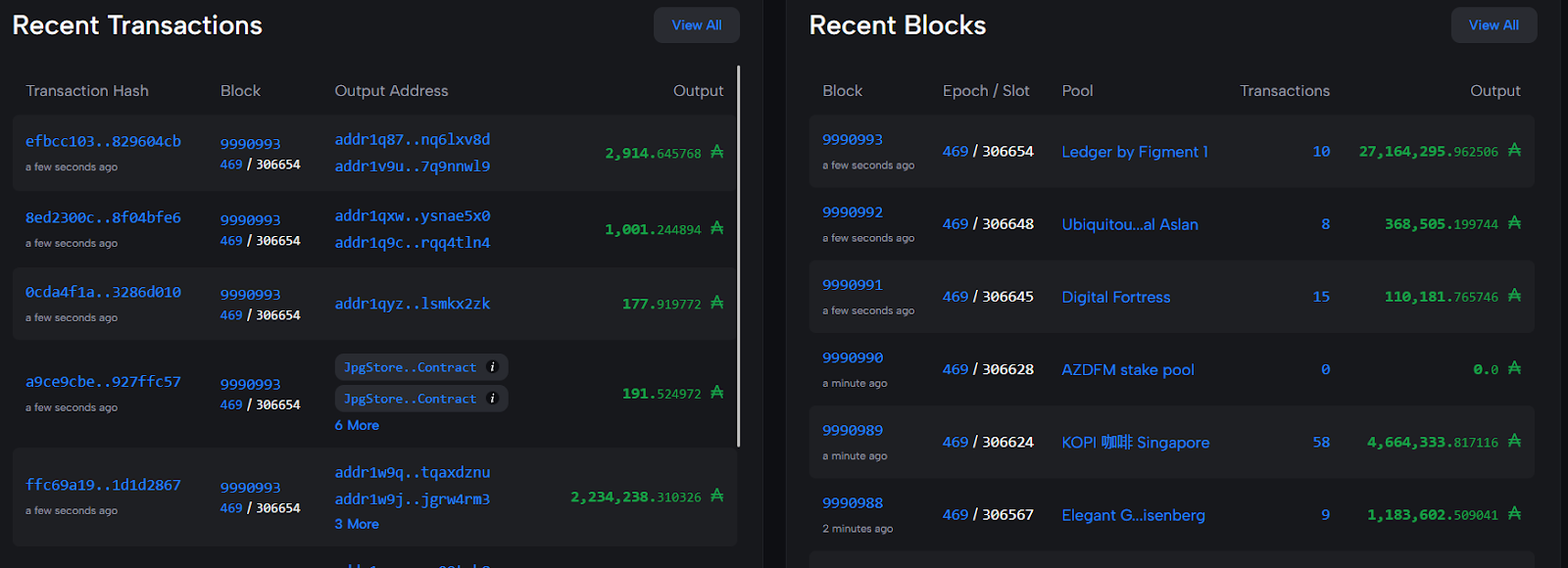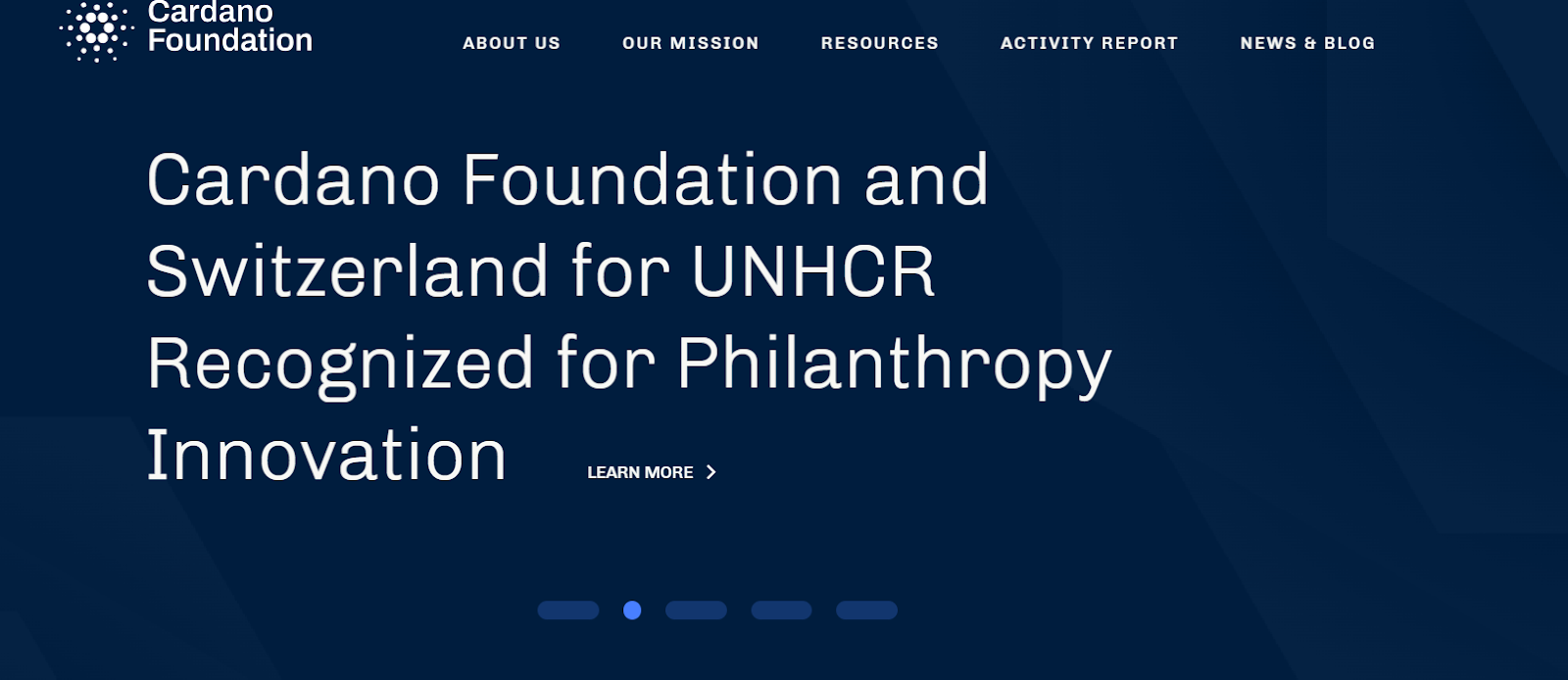In the ever-evolving landscape of blockchain technology, Cardano has emerged as a frontrunner, boasting a robust infrastructure and a vision for a decentralized future. At the heart of Cardano’s development lies its groundbreaking white paper, a document that serves as the blueprint for its innovative blockchain protocol. In this article, we delve deep into the intricacies of the Cardano white paper, exploring its key concepts, unique features, and implications for the future of decentralized systems.
Understanding Cardano: A Brief Overview

Before diving into the specifics of the white paper, it’s essential to grasp the fundamental principles behind Cardano. Founded by Charles Hoskinson, one of the co-founders of Ethereum, Cardano is a third-generation blockchain platform designed to address the scalability, interoperability, and sustainability issues that have plagued earlier iterations of blockchain technology.
The Genesis of Cardano’s White Paper

The Cardano white paper, titled “Ouroboros: A Provably Secure Proof of Stake Blockchain Protocol,” was first published in 2017 by a team of researchers and developers led by Hoskinson. It outlines Cardano’s novel approach to consensus mechanisms, governance structures, and smart contract functionality, setting the stage for a new era of blockchain innovation.
Ouroboros: A Paradigm Shift in Consensus Mechanisms
At the core of the Cardano white paper lies Ouroboros, a groundbreaking proof-of-stake (PoS) consensus algorithm. Unlike traditional proof-of-work (PoW) systems, which rely on computational power to validate transactions, Ouroboros leverages stakeholder participation to achieve consensus, making it more energy-efficient and scalable.
The white paper meticulously details the inner workings of Ouroboros, highlighting its resilience against various security threats and its ability to accommodate the growth of the network without compromising decentralization. By introducing a rigorous mathematical framework, Cardano aims to establish a foundation of trust and security for its blockchain ecosystem.
Beyond Consensus: Exploring Cardano’s Multi-Layered Architecture
In addition to its innovative consensus mechanism, the Cardano white paper introduces a multi-layered architecture designed to enhance scalability, interoperability, and sustainability. The platform consists of two main layers: the Cardano Settlement Layer (CSL) and the Cardano Computation Layer (CCL).
The CSL serves as the foundational layer for transaction settlement, ensuring the secure and efficient transfer of value within the Cardano network. Meanwhile, the CCL enables the execution of smart contracts and decentralized applications (dApps), providing a versatile platform for developers to build and deploy a wide range of blockchain-based solutions.
Governance: Empowering Stakeholders through Decentralized Decision-Making
A key aspect of the Cardano white paper is its emphasis on decentralized governance, which aims to empower stakeholders to participate in the decision-making process and shape the future direction of the platform. Through a system of democratic voting and treasury management, Cardano seeks to foster a community-driven ecosystem that prioritizes transparency, accountability, and inclusivity.
Smart Contracts: The Building Blocks of Decentralized Applications
Another pivotal component of the Cardano white paper is its approach to smart contract functionality. Drawing inspiration from functional programming languages like Haskell, Cardano introduces a robust framework for writing secure and verifiable smart contracts, mitigating common vulnerabilities associated with other blockchain platforms.
By leveraging formal methods and rigorous code auditing processes, Cardano aims to minimize the risk of smart contract exploits and facilitate the development of complex, mission-critical applications across various industries, from finance and healthcare to supply chain management and decentralized finance (DeFi).
Looking Ahead: The Future of Cardano and Decentralized Finance
As Cardano continues to evolve and expand its ecosystem, the principles outlined in its white paper will serve as a guiding light, driving innovation and pushing the boundaries of what’s possible in the realm of blockchain technology. With its commitment to scalability, interoperability, and sustainability, Cardano is poised to play a central role in the mainstream adoption of decentralized finance (DeFi) and the democratization of global financial systems.
In conclusion, the Cardano white paper stands as a testament to the ingenuity and vision of its creators, offering a glimpse into the future of decentralized systems. By combining cutting-edge research with real-world applications, Cardano has laid the groundwork for a more inclusive, transparent, and resilient blockchain ecosystem, paving the way for a truly decentralized future.



